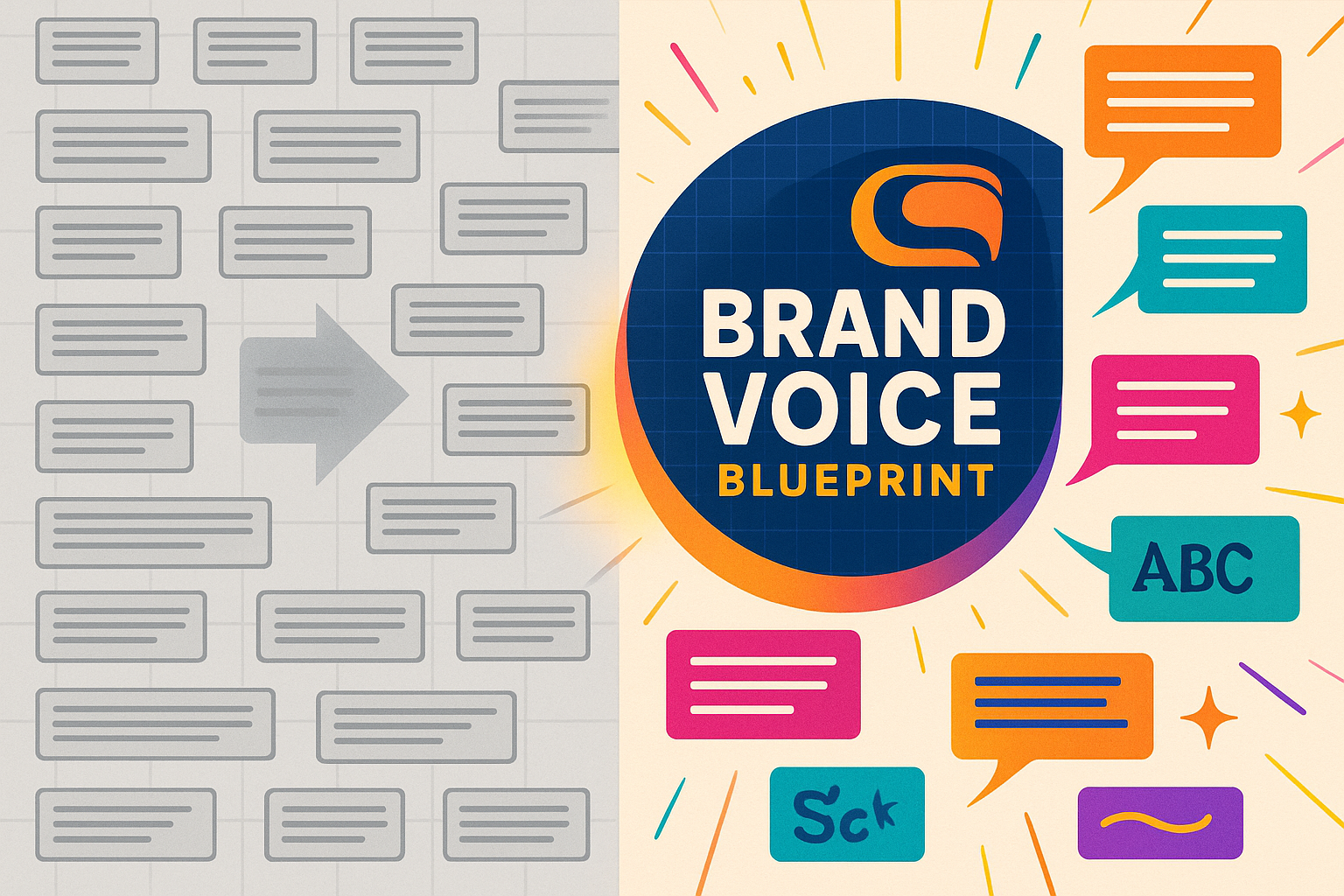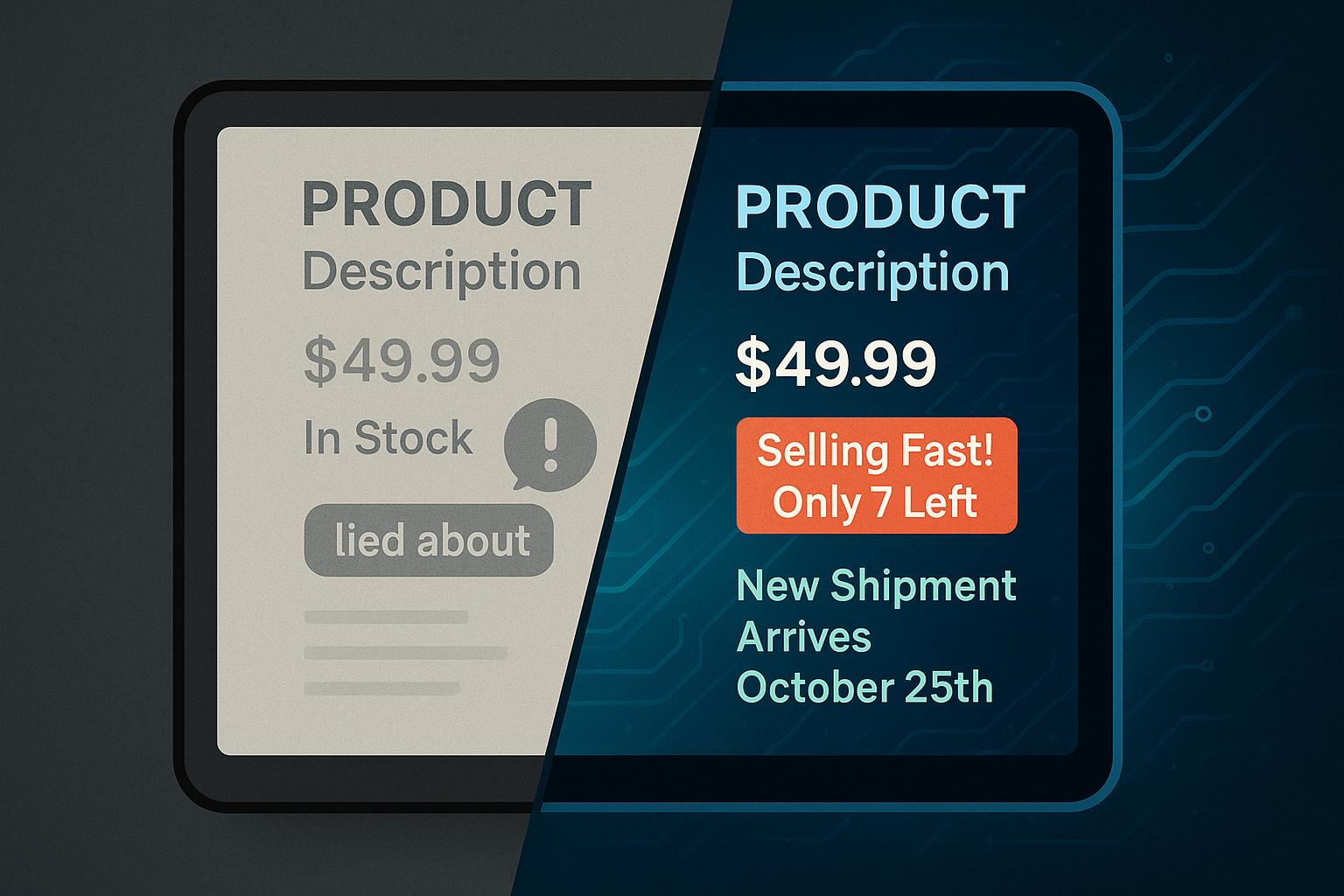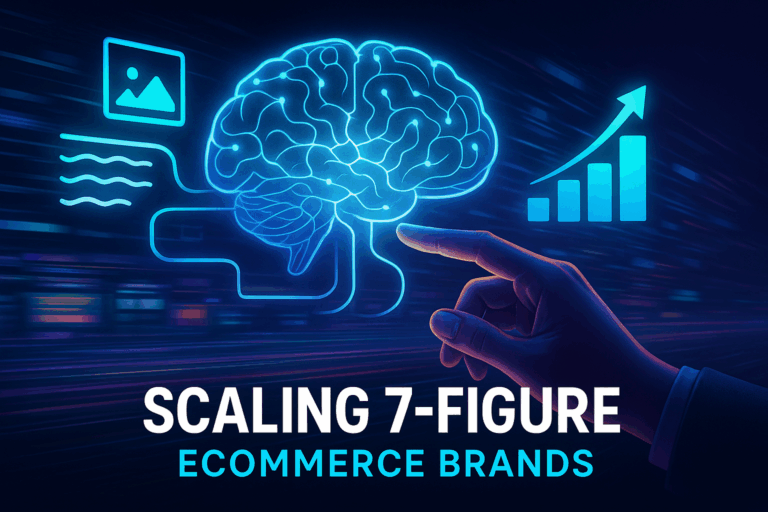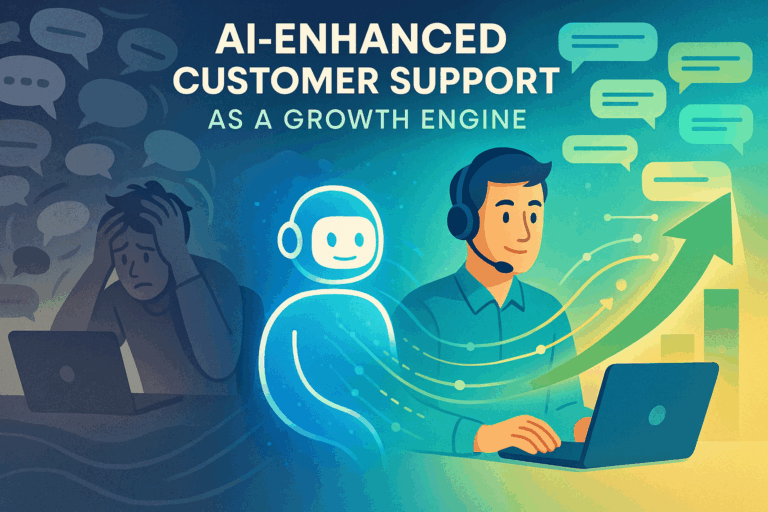You did it. You generated 1,000 new product descriptions in a single afternoon. The promise of AI-driven efficiency is real, and your time-to-market has been slashed. But then you start reading them.
One sounds vaguely professional. The next is strangely cheerful. Another is just… a list of features. They’re technically correct, but the personality, the wit, the specific charm that makes your brand your brand? It’s gone. Lost in a sea of generic, AI-generated uniformity.
This is the silent challenge of scaling content with AI. It’s not just about creating content faster; it’s about creating your content faster. Here’s what this means for your brand: when consistency erodes, so does trust. And in e-commerce, trust is everything.
The Billion-Dollar Question: Why Does My AI Content Sound So… Generic?
The problem isn’t that AI is “bad” at writing. The problem is that it’s trained on the entire internet, which means its default setting is “average.” Without precise guidance, Large Language Models (LLMs) regress to the mean, producing content that is grammatically perfect, factually adequate, and emotionally hollow.
This phenomenon is called brand voice drift. It happens subtly at first, but when you’re generating thousands of product descriptions, it becomes a systemic issue. Your rugged, adventurous outdoor gear starts sounding like it was described by a corporate lawyer. Your chic, minimalist fashion brand suddenly adopts the overly enthusiastic tone of a gameshow host.
The opportunity is real, but so are the risks. Maintaining brand voice isn’t just a “nice-to-have”; it’s a critical defense against becoming a commodity.
First, Let’s Get the Terms Right: Voice, Tone, and Style
Before we can teach an AI, we have to be clear on what we’re teaching. Many brands use these terms interchangeably, but for an AI, precision is paramount.
- Brand Voice: This is your brand’s core personality. It’s consistent and unchanging. Are you the witty expert, the trusted friend, or the inspiring innovator? This is your foundation.
- Tone: This is the emotional inflection applied to your voice in a specific context. You use the same voice to write a product description (enthusiastic tone) as you do to write an apology for a shipping delay (empathetic tone).
- Style: These are the mechanical rules of your content. Do you use the Oxford comma? Are headings in title case? Do you use “and” or “&”?
Most guides focus on defining voice and tone for human writers. To succeed with AI at scale, you need to translate these concepts into a language the machine can execute flawlessly, thousands of times over.
From Brand Guide to AI Blueprint: Teaching Your AI to Speak Your Language
A 10-page PDF brand guide full of abstract concepts like “be authentic” is useless to an AI. You need to create a tactical, machine-readable “Brand Voice Blueprint.” This document moves beyond high-level ideas and provides concrete, actionable rules.
Here’s how to build one:
1. Create a “We’re This, Not That” Chart
This is one of the most effective ways to translate abstract personality traits into clear instructions.
| We Are… | We Are Not… |
|---|---|
| Witty & Clever | Sarcastic or Snarky |
| Confident & Authoritative | Arrogant or Pushy |
| Simple & Clear | Simplistic or Dumbed Down |
| Passionate & Enthusiastic | Hypey or Unprofessional |
2. Curate a “Golden Examples” Library
AI learns from examples. Provide the model with 5-10 of your absolute best product descriptions—the ones that perfectly capture your voice, tone, and style. These serve as the benchmark for every new piece of content it generates.
3. Build Word & Phrase Lists
Codify your vocabulary. What words are central to your brand, and which ones should be avoided at all costs?
- Preferred Words: “Handcrafted,” “small-batch,” “effortless,” “intuitive.”
- Forbidden Words: “Revolutionary,” “game-changing,” “synergy,” “utilize.”
- Sentence Structure: “Always start with the key benefit. Keep sentences under 15 words. Use active voice.”
This blueprint becomes the foundational training data for your AI, ensuring that every output has the same DNA.
Prompt Engineering That Actually Works
A generic prompt like “Write a product description for a leather wallet in a friendly voice” will get you generic results. Effective prompt engineering for brand voice is about giving the AI a role, an audience, and clear constraints from your blueprint.
Generic Prompt:
“Write a product description for our new ‘Nomad’ leather wallet. Mention it has 6 card slots and RFID blocking. Make it sound premium.”
Brand Voice-Informed Prompt:
“Act as the brand voice for ‘Artisan Hide,’ which is ‘Confident & Authoritative, but not Arrogant.’ Our voice is like a seasoned craftsman explaining his work.
Using the attached Brand Voice Blueprint, write a 75-word product description for the ‘Nomad’ wallet.
Audience: A discerning professional who values heritage and durability over trends.
Key Objective: Emphasize the full-grain leather and lifetime warranty.
Must Include: “full-grain leather,” “patina,” “6 card slots.”
Do Not Use: “luxury,” “premium,” “best.”
Reference the ‘Golden Examples’ for style and structure.”
The difference is night and day. The second prompt provides the context, constraints, and resources the AI needs to create on-brand content. This is where many companies fail; they treat the AI like a magic button instead of a powerful tool that requires skillful operation.
With the right systems, you can ensure this level of quality is embedded into your workflow, whether you’re creating 50 descriptions or 50,000. For scaling this process, many brands turn to an SEO AI Agent for Ecommerce to automate and refine content generation while staying true to their brand.
The Unspoken Hero: Quality Control at Scale
So, you’ve generated 10,000 descriptions with a great prompt. How do you check them? Reading each one manually is impossible. This is where the next frontier of AI comes into play: AI-assisted auditing.
Instead of just using AI to generate content, you can use a separate AI process to validate it. This can involve:
- Stylistic Checks: Automatically flagging descriptions that use forbidden words, passive voice, or have sentences longer than your defined limit.
- Sentiment Analysis: Ensuring the emotional tone of the description aligns with the product and brand voice.
- Brand Voice Scoring: Comparing a new description against your “Golden Examples” to generate a “brand voice consistency score.” Descriptions below a certain threshold are flagged for human review.
This creates a scalable quality control loop where humans only need to focus on the outliers, not the entire dataset.
The Human-in-the-Loop Isn’t a Failsafe—It’s a Strategy
AI isn’t replacing marketers and copywriters—it’s changing their job description. In a world of scaled AI content, the most valuable human skill is strategic oversight.
The role of your team shifts from writing every word to:
- Building and refining the Brand Voice Blueprint.
- Designing and testing sophisticated prompt chains.
- Reviewing the AI-flagged outliers that require nuance and creativity.
- Identifying where AI-generated content is good enough versus where a human touch can create a true “aha moment” for the customer.
AI is incredibly powerful for handling the 80% of content that is formulaic. This frees up your best creative minds to focus on the 20% that truly differentiates your brand—the flagship product pages, the campaign messaging, and the stories that AI can’t tell yet.
The most effective approach combines technology with expertise, often through custom AI agents for ecommerce that are specifically trained on your brand’s unique data and strategic goals.
Frequently Asked Questions (FAQ)
What is brand voice consistency in AI content?
It’s the practice of ensuring that all AI-generated content—from product descriptions to ad copy—maintains your brand’s unique personality, tone, and stylistic rules. The goal is to make AI-generated content indistinguishable from content written by your best human copywriter.
How do I start training an AI on my brand voice?
Start by creating a “Brand Voice Blueprint.” This includes a “This, Not That” chart, a library of your best content examples (“Golden Examples”), and lists of preferred and forbidden words. This blueprint becomes the primary training material and set of instructions for the AI.
What are the biggest mistakes to avoid?
- Using generic prompts: Vague instructions like “make it friendly” lead to generic content.
- No quality control: Trusting the AI to get it right every time without an auditing process is a recipe for brand voice drift.
- Forgetting the “why”: Simply listing product features without tying them to customer benefits, a nuance that requires careful prompting.
- Treating AI as a replacement for strategy: AI is a tool to execute a strategy, not create one. Human oversight and direction are essential.
Your Next Step: From Theory to Action
Moving from inconsistent, generic AI output to a scalable, on-brand content engine isn’t about finding the “perfect” AI tool. It’s about building a robust process.
Start by auditing your current content. Where is your brand voice strongest? Where does it drift? Use those insights to begin building your Brand Voice Blueprint. This single document will become the most valuable asset in your content scaling efforts.
AI isn’t replacing strategy—it’s amplifying it. By giving your AI the right playbook, you can scale your content creation without sacrificing the soul of your brand.







